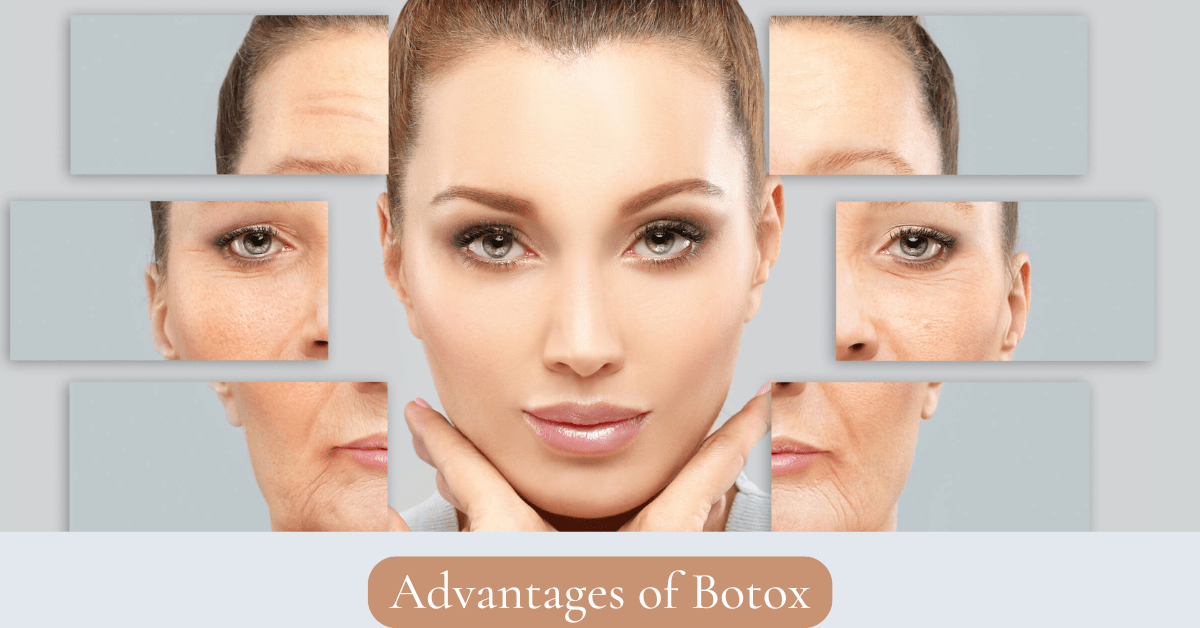In our quest for healthy, radiant skin, we often stumble upon a plethora of skincare products promising miraculous results. However, there is one tried-and-true skincare essential that has stood the test of time: the face scrub. A good face scrub can exfoliate away dead skin cells, unclog pores, and reveal a fresh, rejuvenated complexion. In this comprehensive guide, we will explore the benefits, types, and proper usage of face scrubs to help you achieve your skin goals.
Why Use a Face Scrub?
Our skin is constantly renewing itself, shedding dead skin cells to make way for new ones. However, sometimes this natural process can become sluggish, leading to a dull complexion, clogged pores, and uneven texture. Face scrubs, also known as facial exfoliators, can help accelerate the shedding process by physically or chemically removing dead skin cells, revealing brighter, smoother skin underneath. Here are some key benefits of incorporating a face scrub into your skincare routine:
Exfoliation:
Face scrubs provide gentle physical or chemical exfoliation, sloughing away dead skin cells and promoting cell turnover. This process can improve skin texture, reduce the appearance of fine lines and wrinkles, and enhance the absorption of other skincare products.
Unclogging Pores:
Regular exfoliation with a face scrub helps to remove dirt, oil, and debris trapped within the pores, reducing the likelihood of breakouts and blackheads.
Brightening Effect:
By removing the dull, dead skin cells on the surface, face scrubs can reveal a fresher, more radiant complexion, giving your skin a healthy glow.
Types of Face Scrubs:
Face scrubs come in various formulations, each catering to specific skin types and concerns. Here are the three main types:
- Physical Exfoliants: These scrubs contain small granules or particles that physically slough off dead skin cells. Common physical exfoliants include sugar, salt, rice bran, jojoba beads, and crushed walnut shells. It is important to choose a scrub with gentle, rounded particles to prevent micro-tears in the skin.
- Chemical Exfoliants: Instead of relying on physical abrasion, chemical exfoliants utilize acids like alpha-hydroxy acids (AHAs), beta-hydroxy acids (BHAs), or enzymes to dissolve dead skin cells. AHAs, such as glycolic acid and lactic acid, work on the skin’s surface, while BHAs like salicylic acid penetrate deeper into the pores, making them ideal for acne-prone skin.
- Enzyme-based Exfoliants: These exfoliants contain natural fruit enzymes like papaya, pineapple, or pumpkin, which gently break down the bonds between dead skin cells, promoting exfoliation without physical scrubbing.
Using a Face Scrub: To maximize the benefits of a face scrub and avoid any potential irritation, it is essential to follow these guidelines:
- Frequency: Aim to exfoliate with a face scrub 2-3 times a week. Over-exfoliation can strip the skin’s natural moisture barrier, leading to dryness, sensitivity, and inflammation.
- Wet your Face: Before applying the scrub, wet your face with lukewarm water to soften the skin and prepare it for exfoliation.
- Gentle Application: Apply a small amount of the face scrub onto your fingertips and gently massage it onto your damp face using circular motions. Be extra cautious around delicate areas like the eyes.
- Rinse Thoroughly: After scrubbing for about a minute, rinse off the scrub with lukewarm water, ensuring all traces of the product are removed.
- Pat Dry: Gently pat your face dry with a clean towel. Avoid rubbing the towel on your face, as it can cause irritation.
- Follow with Skincare Routine: After exfoliating, it’s important to replenish and nourish your skin. Follow up with a toner to balance the skin’s pH levels, and then apply your favorite moisturizer or serum to hydrate and protect your freshly exfoliated skin.
- Sun Protection: Exfoliating can make your skin more sensitive to the sun, so it’s crucial to apply sunscreen with a high SPF during the day. Protecting your skin from harmful UV rays will prevent sun damage and maintain the results of your exfoliation.
Choosing the Right Face Scrub:
Finding the perfect face scrub for your skin type and concerns is essential. Consider the following factors when selecting a face scrub:
- Skin Type: If you have sensitive or dry skin, opt for a gentler exfoliant with smaller particles or a chemical exfoliant. For oily or acne-prone skin, a scrub containing salicylic acid or clay can help control excess oil and unclog pores.
- Ingredients: Look for natural ingredients that are beneficial for your skin. Avoid scrubs with harsh chemicals, artificial fragrances, or microplastics, as they can be harmful to both your skin and the environment.
- Personal Preference: Consider the texture and scent of the scrub. Some people prefer a creamy texture, while others enjoy a grainy or gel-like consistency. Choose a scent that appeals to you, but be mindful of potential irritants if you have sensitive skin.
- Product Reviews: Read reviews and seek recommendations from trusted sources or skincare professionals to get an idea of the scrub’s effectiveness and suitability for your skin type.
Conclusion:
Incorporating a face scrub into your skincare routine can work wonders for your skin. Regular exfoliation helps to remove dead skin cells, unclog pores, and reveal a brighter, healthier complexion. By choosing the right scrub for your skin type and using it correctly, you can achieve smoother, more radiant skin. Remember to exfoliate in moderation, follow up with a moisturizer, and protect your skin from the sun to maintain the results of your exfoliation. Embrace the power of a face scrub and unlock the secrets to healthy, glowing skin!



